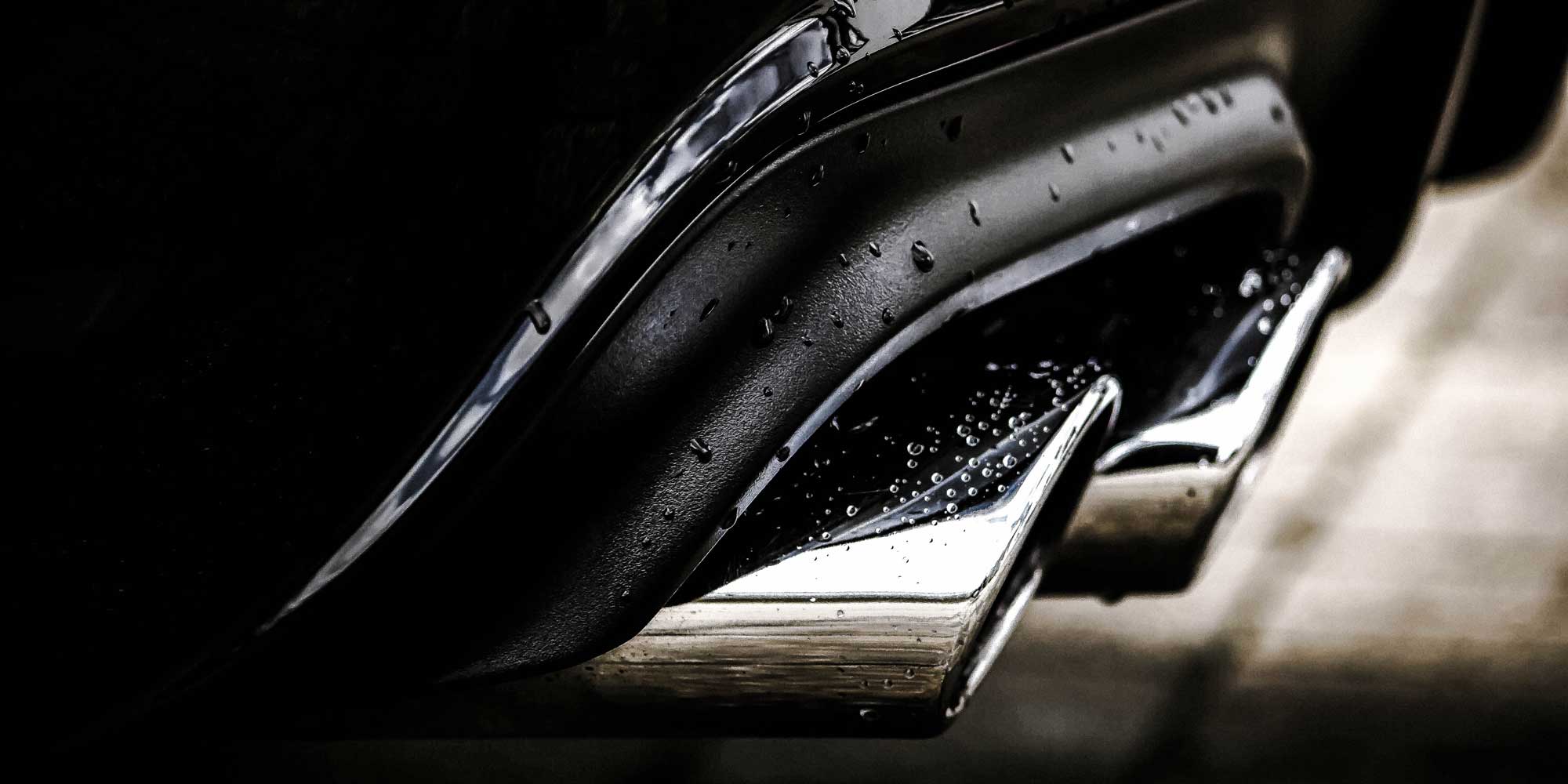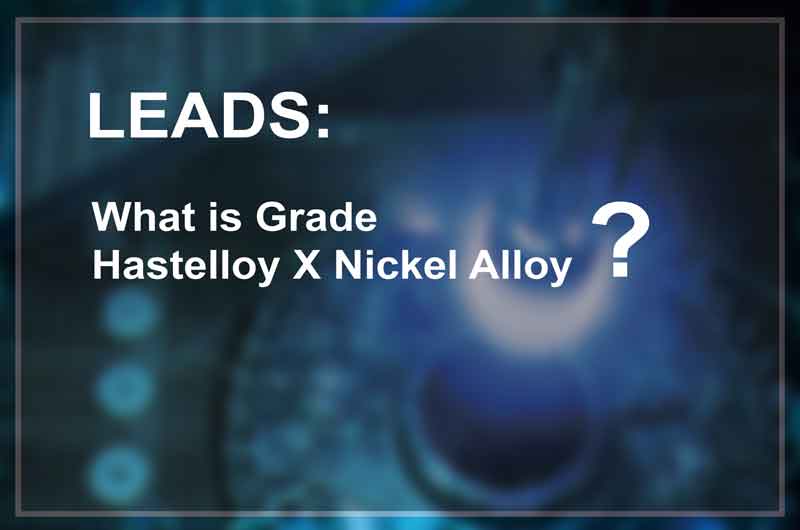Overview
The application of stainless steel materials in automobiles began with veneering materials for decoration but has recently extended to the exhaust systems. In order to purify the exhaust gas discharged from automobiles and reduce the fuel cost by decreasing the weight of the vehicle body, it requires the stainless steel used to embody high heat resistance and corrosion resistance. This article outlines the structure of the automotive exhaust system and its used materials.

Background Introduction
Since stainless steel has excellent features such as corrosion resistance, heat resistance, and workability, etc., it is flexibly and effectively used for the production of automobile components. Now, each car produced will consume about 20 to 30 kg of stainless steel. Stainless steel is first used as decorative covering material in the automotive for its excellent machinability, but now it is widely used in many other parts. Among them, the number of components used in automotive exhaust systems has increased significantly, having exceeded more than half of the total stainless steel used for automotive now.
In response to the social demands for: 1) increasingly stringent automotive exhaust emission standards and 2) reducing fuel costs by decreasing the auto weight, automobile manufacturers require that exhaust system components must use materials featuring excellent heat resistance and corrosion resistance. Under this background, the castings and aluminized sheets used for the components of the exhaust systems have been being replaced with stainless steel by now. What’s more, the materials selected have been shifted from general-purpose stainless steels to higher-performance stainless steels.
The Structure of Vehicle Exhaust System and the Materials Used
The vehicle exhaust system near the engine is consisted by seven components: 1) the exhaust manifold, 2) the front pipe, 3) the coiled tubing, 4) the catalytic converter, 5) the central pipe, 6) the main muffler and 7) the tail pipe. At times, multiple catalytic converters or an auxiliary muffler can be installed, depending on the vehicle types.
Table 1 shows the operating temperatures, the required properties and the materials now used for various components of the automotive exhaust system. The material used for the high temperature parts near (hot end) the engine requires to have high temperature strength, high temperature corrosion resistance, thermal fatigue performance, oxidation resistance, etc.; while the material for parts away from the engine (cold end) needs to have resistance to chlorine corrosion and condensate corrosion, etc. Finally, the tail pipe portion which can be seen from the rear of the vehicle requires good processing and forming properties apart from corrosion resistance. Considering the above-mentioned performance and cost factors, the stainless steels needed as shown in Table 1 vary with different parts.
| Parts | ① | ② | ③ | ④ | ⑤ | ⑥ | ⑦ | |
|---|---|---|---|---|---|---|---|---|
| Part Name | Exhaust Manifold | Front Pipe | Coiled Tubing | Catalytic Converter | Central pipe | Main Muffler | Tail Pipe | |
| Automobile Housing | Hot Catalyst Carrier | |||||||
| Operating Temperature | 950~750 | 800~600 | 1000~12000 | 600~400 | 400~100 | |||
| Required Properties | High Temperature Strength Thermal Fatigue Performance Oxidation Resistance Workability |
High Temperature Strength High Temperature Fatigue Performance High Temperature Chlorine Corrosion Resistance Workability |
High Temperature Strength High Temperature Chlorine Corrosion Resistance Workability |
Oxidation Resistance Thermal Shock Resistance |
Chlorine Corrosion Resistance | Condensate Corrosion Resistance Chlorine Corrosion Resistance |
||
| Materials in Use | SUH 409L SUS 430J1L SUS 429 SUS 444 SUS XM15J1 |
SUS 304 SUSX 15J1 |
SUH 409L SUS 436J1L |
SUH 21 20Cr-5Al |
SUH 409L | SUH 409L | SUH 409L SUH 409L-Al SUS 436 SUS 430J1L SUS 436J1L |
|
Stainless Steel for Exhaust Manifold
Exhaust manifold, the closest to the Engine, collects exhaust gases from each cylinder of the engine to the exhaust pipe. As the exhaust gas temperature is up to 900 ℃, the material used is required to have excellent oxidation resistance, high temperature strength and thermal fatigue Properties. Moreover, the necessity for processing into complex shapes requires the material to have excellent forming properties.
Stainless steel exhaust manifold can be divided into two types according to its structure: 1) type one is steel plate ramming, welding and assembling formation; 2) type two is steel pipe bending processing and welded assembly. In terms of steel pipe type, there is also composite pipe structure.
There are two types of stainless steel used in the exhaust manifold, i.e., austenitic stainless steel and ferritic stainless steel. Austenitic stainless steels have advantages in high-temperature strength but are vulnerable to oxide skin peeling. For this, its oxidation resistance is inferior to ferritic stainless steels. The Austenitic grades in use are SUS304 (18CR-8NI) and Susxm 15j1 (1%cr-13ni-4si).
Ferritic stainless steels have advantages in oxidation resistance, but weak in high temperature strength compared to austenite stainless steels. Due to the low coefficient of thermal expansion, ferritic stainless steels have advantages in thermal fatigue performance as well. The Ferritic grades currently used are SUH 409L (11Cr-Ti-Lc) and SUS 430J1L (18Cr-0.5Cu-Nb-Lc, N). However, in recent years, with the increasingly stringent emission standards, comes a tendency of increased exhaust gas temperature, sometimes up to 950 ℃. In this case, the grade SUS 444 (19cr-2mo) series is put in use. In addition, as a low-cost material, SUS 429 (15Cr) grade with reduced Cr is an alternative. In the exhaust manifold adopting composite pipe structure, most of the inner tube uses austenitic stainless steel while external tube uses ferritic stainless steel.
Contact
CIVMATS produces stainless steel and nickel alloy products, such as pipes & fittings, bars. If you are in demand, please contact us:
- Company: CIVMATS CO., LIMITED
- Phone: 86-519-81809659
- Fax: 86-519-81809959
- Email: sales@civmats.com
- Address: 10th Floor, Xin Cheng Nan Du, Wujin District, Jiangsu, China
- Website: www.civmats.com

